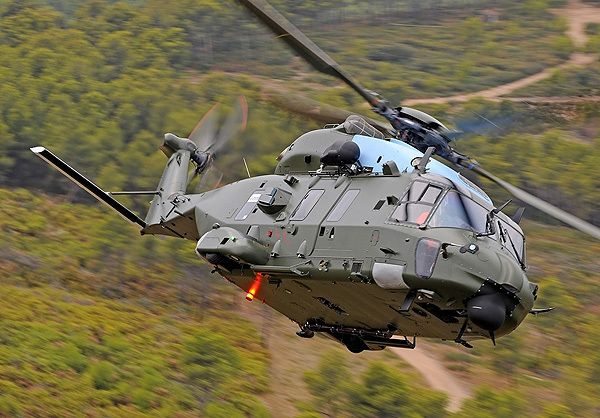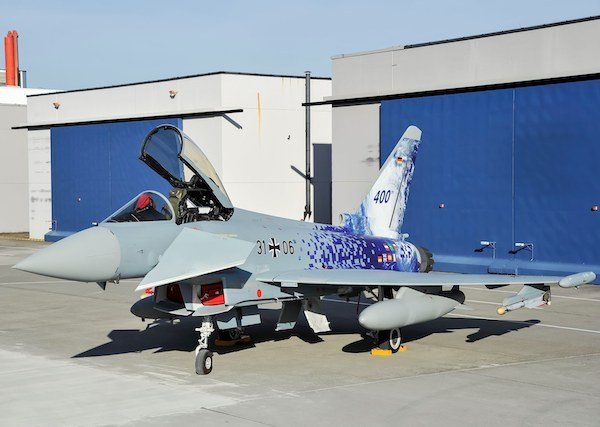The global helicopters market is all set for rapid growth as transitioning economies from Central Asia, the Middle East, Latin America and Asia-Pacific continue increasing their fleet size and extending their industrial strength. These regions are using the platforms renewal cycle as an opportunity to enhance their local industries and benefit from the latest Western technological developments and know-how. As a result, the next technological and demand hub, for military helicopters in particular, will progressively shift from the West to the East.
New analysis from Frost & Sullivan, “Global Helicopters Market Assessment,” finds that the market earned revenues of $31.32 billion in 2012 and estimates this to reach $44.27 billion in 2022. More than 11,170 military platforms are expected to enter into service, peaking in 2018 as global renewal cycles will be achieved across the military segment in most regions. Asia-Pacific and Central Asia are exceptions and will continue to place significant new orders.
While the next generation of rotorcraft is still in development, Western military and civil end users are opting to finance life-extension programmes. This not only provides more financial flexibility than new platform procurements, but also bridges a technological gap between the current and future capabilities of helicopter models.
“Upgrades and retrofits could be the way forward for the global helicopters market in the next 10 years,” said Frost & Sullivan Aerospace and Defense Research Analyst Alix Leboulanger. “For instance, the Brazilian Fennec life-extension program and the CH-53K Super Stallion program in the United States have revealed promising results before scheduled deadlines, demonstrating the immense opportunities existing in the retrofit segment.”
The sale of advanced multi-mission helicopters requiring fewer personnel too is expected to rise. However, the ensuing armed forces restructuring and personnel reduction will have to be closely monitored by the industry, as it implies fewer platforms to be sold or maintained. Helicopter manufacturers must adapt either by raising platform unit prices based on advanced capabilities and net efficiency gain, and/or compete more aggressively in the civil segment to stay successful.
Nevertheless, parapublic and military customers will be looking at increasing helicopter fleet availability rates in order to meet operational objectives. Hence, revenues will remain stable in the global helicopter market despite fewer platforms and less personnel.
Global Helicopters Market Assessment (M939-16) is part of the Defence Growth Partnership Service program. Frost & Sullivan’s related research services include: Global Military Training & Simulation Market, U.S. DoD and Civil Helicopter Markets, and Global Military Fixed-wing Aircraft Market. All research services included in subscriptions provide detailed market opportunities and industry trends evaluated following extensive interviews with market participants.











